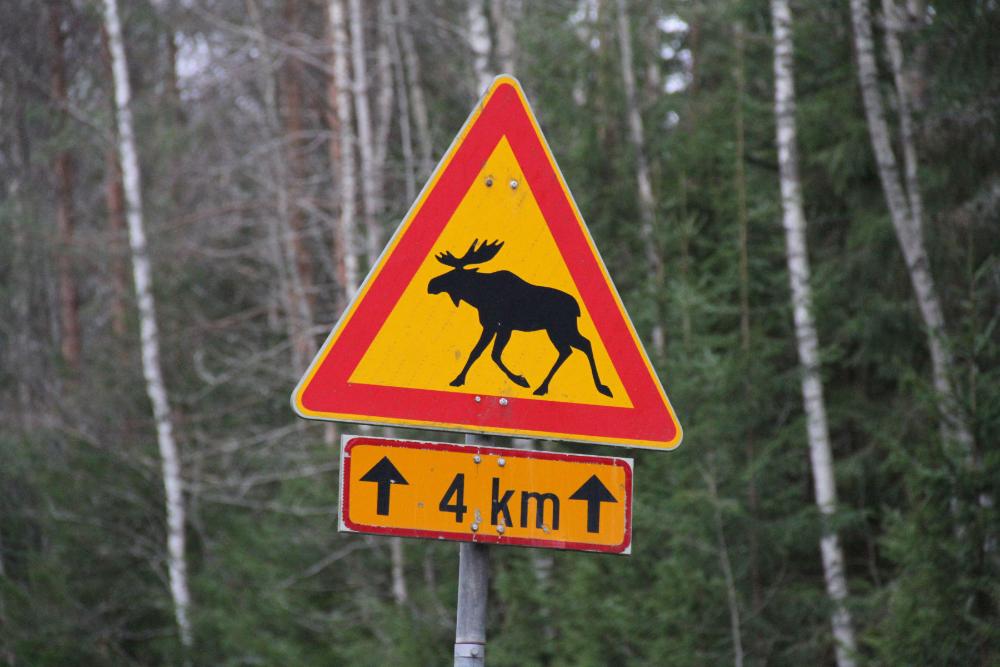Breadcrumb
Navigation Menu
Matters involving large carnivores
Matters involving large carnivores
Sometimes large carnivores (bear, wolf, wolverine, lynx) cause danger to humans. Dangerous situations related to large carnivores should be handled by the police. In practice, the police take care of assignments caused by wolves, bears and sometimes wild boars.
Police tasks related to large carnivores often arise in connection with normal emergency operations. The task can be, for example, a notification about a wolf seen in someone’s yard. Also different crash accidents related to animals are common.
The police intervene in sudden and urgent security threats caused by large carnivores. Capturing or putting down an animal that causes danger is regulated by the Police Act.
What to do if you get into a traffic accident involving an animal?
An animal crash is often impossible to anticipate or avoid. Crashes involving with deer and moose are the most common. If you get into a crash accident
- Warn other road users. Switch on the hazard lights and move your car to the side of the road, if possible. Place the warning triangle at 200-300 meters from the scene of the accident. If the other party of the crash is a large carnivore or wild boar, stay inside the car. An injured animal can be dangerous.
- Help the injured according to your abilities.
- Call the emergency number 112. Collisions with a deer or moose, wild boar or large carnivore must always be reported to the police.
- Describe the scene of the accident as accurately as possible to the emergency services and police. The Emergency Response Centre or police with tell you whether you can leave the scene of the accident.
- Mark the scene of the accident. If you don’t have an official animal accident sign, you can use another visible object, such as a plastic bag. Place the sign at the spot where the dead animal is or where the animal disappeared into the forest. Tie the sign on the side of the road on which the animal disappeared.
- If you collide with a smaller animal, such as a rabbit, there is usually no need to contact the police. It’s good to move the dead animal away from the road, especially in densely populated areas. A suffering animal must be euthanised. If the other party of the collision is a dog, call the emergency number 112. Someone may be looking for the dog, and the police may already have an assignment about it.
When a large carnivore or wild boar is injured in a traffic accident, the police orders the animal to be put down as a rule. The grounds for putting down an injured animal are animal welfare and endangering the safety of humans.

What is executive assistance in large game matters?
Executive assistance in large game matters (SRVA) is an organisation maintained by game management organisations, coordinating executive assistance provided by hunters to the police in conflicts involving large game. Typically, the police may call executive assistance contact persons in connection with animals injured in traffic accidents or to drive away large carnivores that have strayed into areas near human settlements.
The danger caused by a wolf is evaluated on a case-by-case basis
In general, it is typical for wolves to avoid humans. Vague observations about a wolf are not enough for the police to act. Situations that require police actions:
• a wolf comes close to humans, keeps circling around and may act in a threatening manner
• there are several wolf observations in different situations in the same village or densely populated area during a week
The police always evaluate the danger caused by a wolf on a case-by-case basis. The evaluation of the situation is affected by the quality, reliability, amount and time of observations. The observations’ location and circumstances also influence the assessment.
When the danger is caused by a bear, lynx or wolverine, the police follows the guidelines related to wolves.
Reporting a large carnivore observation
If you see a wolf, bear or other large carnivore close to your home or populated areas, or if a large carnivore threatens you directly, call the emergency number 112. Take shelter indoors. If you can, see where the animal goes.
Putting an animal down is not the first alternative
Based on the Police Act, the police can put down an animal causing danger. Putting an animal down is not the police’s primary alternative. The police consider lighter actions first, such as trying to drive the animal away. The police must target only the animal that has caused danger.
An injured wild boar is dangerous
Wild boars are not protected by the same protection regulations as large carnivores. A wild boar can be very dangerous when injured, and because of this, may have to be put down. Police tasks related to wild boars often have to do with wild boars injured in traffic accidents or otherwise.
When a large carnivore causes financial damage
Large carnivores can also cause financial damage. Wolves, bears, lynxes and wolverines may kill pets and cattle. As a rule, game authorities (the Ministry of Agriculture and Forestry, the Finnish Wildlife Agency) handle matters related to large carnivores that cause accidents. Based on the Police Act, the police can put down an animal causing damage only if the damage is substantial or if humans are also endangered in the situation.
The police also have wilderness activities
Wildlife liaison officers operate at police departments. In addition to their own work, wildlife liaison officers handle matters related to, for example, fishing, hunting, game and cross-country travel. Wildlife liaison officers often cooperate with the wilderness inspectors of Metsähallitus. The wildlife liaison officers’ contact information can be found in the police departments’ contact information.
